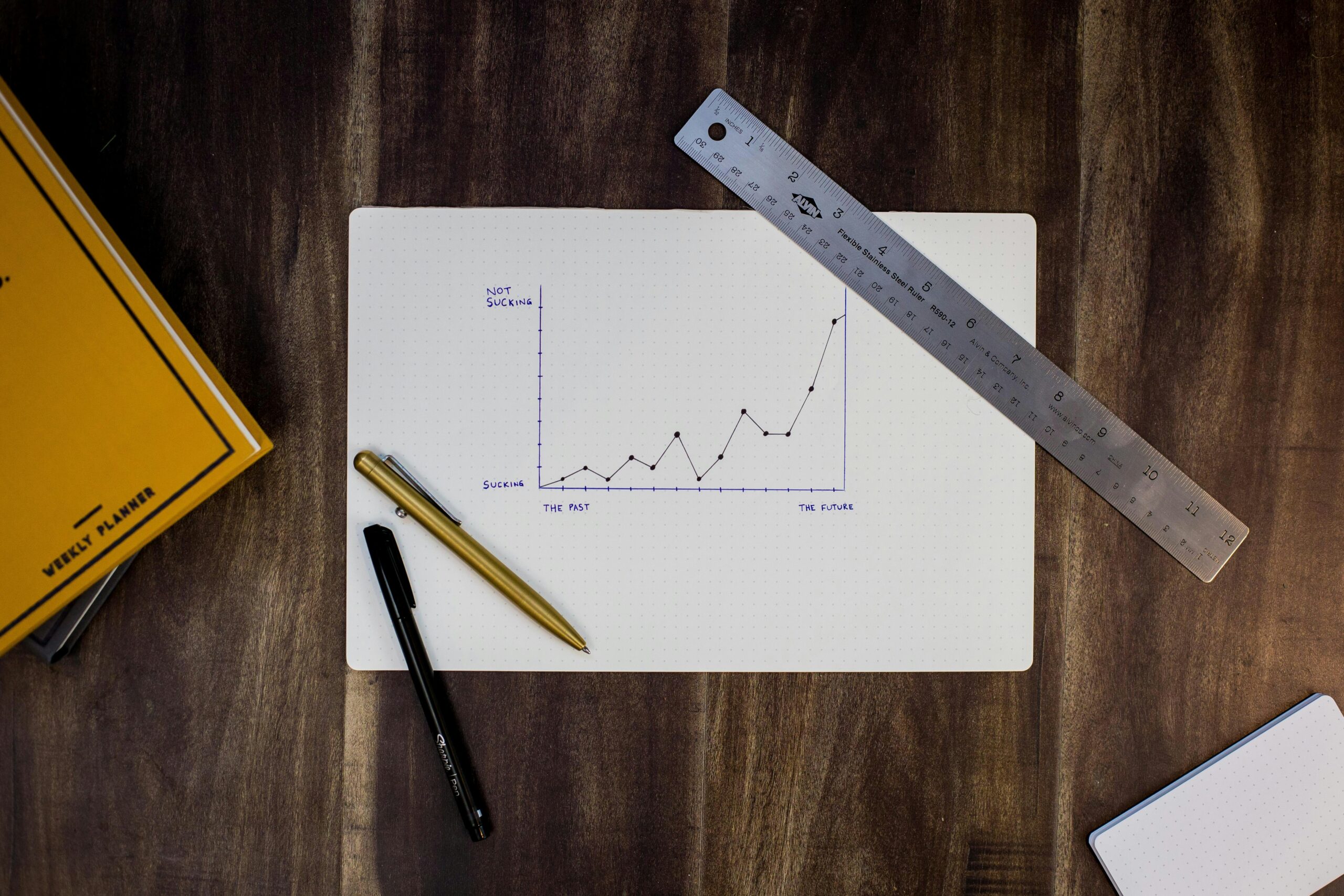In the premium event rental industry, turning website visitors into qualified inquiries requires more than attractive imagery—it demands a data-driven approach. A/B testing allows companies like Skyline Tent Company to fine-tune each element of their digital experience, from quote request forms to product descriptions and gallery layouts. By testing what truly resonates with planners and hosts, Skyline can continuously refine its sales funnel to increase conversion rates and reduce drop-offs. This blog explores how strategic testing enhances customer engagement, improves quote submissions, and creates a seamless journey for clients seeking custom tent, flooring, and lighting solutions.
Key Takeaways
- A/B testing helps determine which sales funnel element version delivers higher conversions.
- Data-driven insights from testing optimize customer journeys and boost revenue.
- Successful tests require meticulous planning, robust metric tracking, and clear segmentation.
- Integrating visual editors, statistical analysis tools, and marketing platforms improves test scalability and efficiency.
- Continuous testing paired with advanced targeting and user behavior analysis underpins sustainable conversion optimization.
What Is A/B Testing and Why Is It Essential for Sales Funnel Optimization?

A/B testing allows marketers to experiment with two versions of a funnel element—such as a landing page, email, or CTA—to determine which version performs better. In a digital environment where behavior constantly shifts, A/B testing provides the data needed to optimize experiences in real time. This method ensures changes are made based on user interactions, not assumptions. For businesses using Nurture Machine, A/B testing enhances automated campaigns and funnel segmentation. The process supports more efficient resource allocation by focusing efforts where results are proven. It ultimately helps deliver better customer experiences and higher conversion rates.
How Does A/B Testing Improve Omnichannel Campaigns?
When funnel touchpoints span multiple channels, consistent user experience is critical. A/B testing helps marketers identify the most effective copy, imagery, and sequence timing across email, SMS, and push notifications. Testing in parallel across channels uncovers how users respond in different contexts. This creates alignment in messaging, tone, and engagement flow. With tools like automated journey tracking, businesses can compare which variations result in stronger click-throughs or lower abandonment rates. Data from these tests feeds back into campaign optimization, making each iteration more targeted. The result is greater funnel consistency and higher campaign success.
Why Is A/B Testing Crucial for Funnel Personalization?
A/B testing identifies which personalization tactics lead to deeper user engagement. This might include testing different subject lines, product suggestions, or audience segments. Businesses can validate whether behavior-based content outperforms static messaging. Over time, these insights drive smarter personalization rules across workflows. Integrated platforms allow automated adjustments based on test results, improving efficiency. Custom experiences tailored to specific buyer personas reduce friction in the funnel. Personalization backed by testing creates relevant experiences that feel intuitive, not forced. This translates into better user retention and higher conversion rates.
What Can A/B Testing Reveal About Customer Preferences?
Customers don’t always behave as expected, which is why assumptions fall short. A/B testing provides real evidence about what users prefer in content layout, CTA design, or communication frequency. Insights gained help teams eliminate guesswork and align marketing with behavior. These learnings can also influence future targeting, ad copy, and landing page strategy. Even small adjustments validated through testing can lead to noticeable performance lifts. Tracking these results over time shows shifting patterns in preference. With this knowledge, marketers can keep the funnel adaptive and user-first.
How Does A/B Testing Improve Sales Funnel Performance?

Conversion rates improve when every part of the funnel is optimized through data—not assumptions. A/B testing helps pinpoint the exact content, layout, or timing that best guides users toward action. From landing pages to email flows, small tested changes can lead to significant performance gains. By isolating what works, businesses can streamline experiences across every funnel stage. Tools like automation workflows and segment tracking enhance this process. With consistent testing, marketers can adapt to changing user behavior and ensure every interaction increases the likelihood of conversion.
Which Funnel Touchpoints Benefit Most From Testing?
Each stage of the funnel presents an opportunity to test. The top-of-funnel benefits from testing landing page headlines and value propositions. Mid-funnel improvements come from testing drip email timing, CTA copy, and content blocks. At the bottom, checkout flows, sign-up forms, and offer types are critical to test. Analyzing results helps marketers understand where users hesitate. This enables strategic updates to remove friction and improve outcomes. Continuous testing across all levels creates a seamless, optimized journey. The goal is to meet users where they are and guide them forward smoothly.
How Can Testing Reduce Funnel Drop-Off?
Testing helps detect where users abandon the funnel and why. For example, a high exit rate on a form page might signal unclear instructions or too many fields. Running variations allows teams to adjust and measure the impact of simplified design. By evaluating real behavior, businesses avoid relying on guesswork or generic templates. Over time, reducing friction through testing lowers bounce and abandonment. Integrated analytics can flag specific drop-off points and trigger tests automatically. Every improvement made reduces user hesitation and strengthens funnel flow.
Can Tent Style Displays Impact Visitor Behavior?
Yes—visitors make quick judgments based on visual presentation. Testing photo galleries vs. interactive sliders helps find the format that keeps visitors engaged. Some users may prefer seeing tents styled in event environments, while others respond better to clean product showcases. A/B testing the presentation of popular tent styles—like sailcloth or frame tents—can improve browsing satisfaction. Highlighting sizing, capacity, or optional upgrades during testing can also increase conversions. These insights guide more effective page design for visual-first customers.
What Are the Key Elements of High-Impact A/B Tests?

Successful A/B testing starts with a clear objective and a single, measurable variable. Without structure, tests can lead to misleading conclusions or wasted resources. A strong hypothesis, defined metrics, and segmented targeting form the foundation of accurate testing. Proper traffic distribution and consistent tracking ensure that results are valid and actionable. Integrated analytics and automation tools make this process more efficient. By documenting each test thoroughly, teams build a scalable system for future experiments. These key elements keep testing focused, strategic, and conversion-driven.
Why Is Hypothesis Clarity Important in Testing?
A clear hypothesis defines the purpose of a test and sets expectations for outcomes. It outlines what’s being changed, why it’s being changed, and what success looks like. This clarity helps teams align on goals and prevents scope creep during the test. A focused hypothesis ensures each test delivers specific insights rather than vague observations. Testing without a defined goal can result in wasted traffic and unclear results. By starting with a strong hypothesis, businesses set up a structured path to improvement. Each result—win or fail—becomes a learning opportunity.
How Does Segmentation Strengthen A/B Testing?
Segmentation ensures that test results are reflective of specific audience behaviors. Different user groups respond differently to the same experience—what works for new visitors might not work for returning customers. Segmenting by device, traffic source, or behavior leads to more precise optimization. With segmentation, businesses can target high-value users or tailor variations to pain points. Integrated systems can automatically trigger segment-specific tests. This allows for multiple simultaneous tests across the funnel. Strong segmentation leads to smarter decisions and better personalization.
What Role Do Metrics and Timeframes Play in Test Success?
Accurate measurement is critical to understanding whether a change worked. Conversion rate is the primary metric, but bounce rate, time on page, and click-through rate provide deeper context. The test must run long enough to gather reliable data but not so long that it delays action. Premature conclusions often lead to false positives or missed insights. Defining minimum sample sizes and timeframes ensures statistical significance. Real-time dashboards and alerts can track performance trends during the test. Together, strong metrics and timelines lead to results you can trust and scale.
Frequently Asked Questions
What is A/B testing in the context of sales funnels?
A/B testing in sales funnels involves comparing two versions of a webpage or funnel element to see which one converts visitors into customers more effectively. This method, by changing only one variable at a time and tracking key metrics such as conversion rate and bounce rate, enables data-driven decisions.
How long should an A/B test run?
The test duration depends on traffic volume and funnel complexity. Most tests should run for at least two to four weeks to capture daily fluctuations and ensure statistically significant results.
What are the most critical metrics to track during an A/B test?
Key metrics include the conversion rate, bounce rate, click-through rate, average session duration, and secondary micro-conversions like form completions. These metrics reveal overall user engagement and the effectiveness of changes.
How do I determine if my A/B test results are statistically significant?
Statistical significance is determined using p-values (typically a threshold of 0.05) and confidence intervals, which help ensure that observed improvements are not due to random chance. Power analysis also aids in setting appropriate sample sizes.
Can A/B testing be integrated with personalization strategies?
Yes, by segmenting your audience based on behavior, demographics, or interests, you can create tailored test variations that improve engagement and conversion rates. Personalization, when combined with A/B testing, helps build stronger customer relationships.
Conclusion
A/B testing remains an indispensable tool for driving continuous improvements in sales funnel conversion rates. By combining clear hypotheses, robust statistical methods, and strategic segmentation, marketers can pinpoint which changes most effectively boost customer engagement. The use of visual editors, analytics platforms, and personalized recommendations further enhances testing efficiency and overall revenue growth. Embracing a culture of continuous learning and data-driven decision-making not only optimizes immediate conversion metrics but also builds a sustainable framework for long-term success. As digital landscapes evolve, refined A/B testing strategies will continue to keep businesses ahead of the curve and drive superior sales funnel performance.






